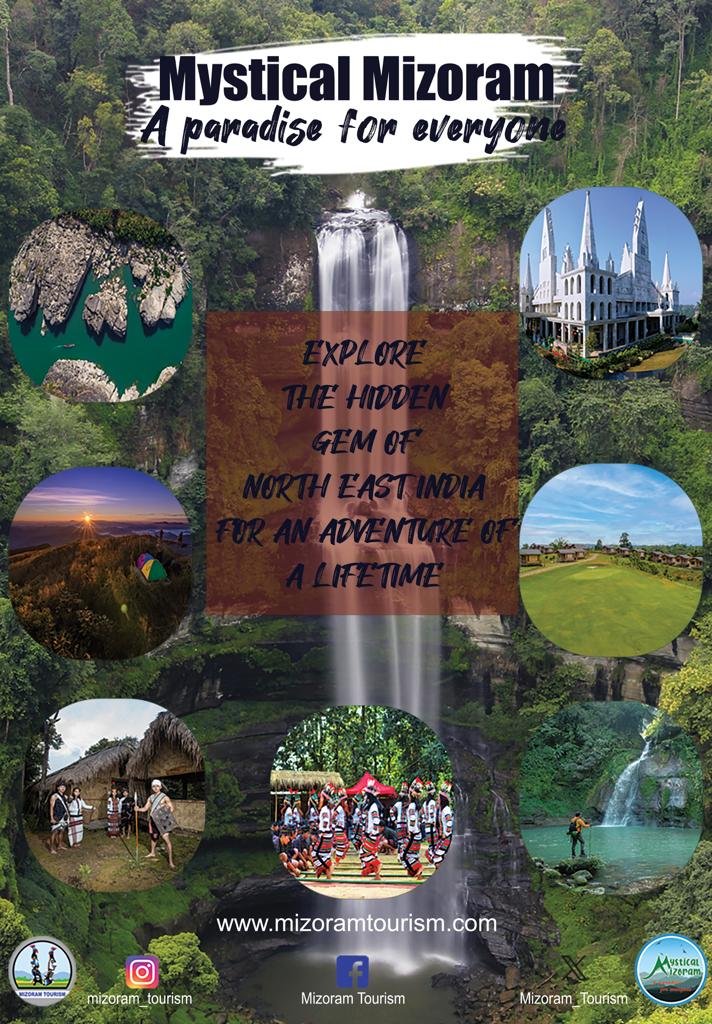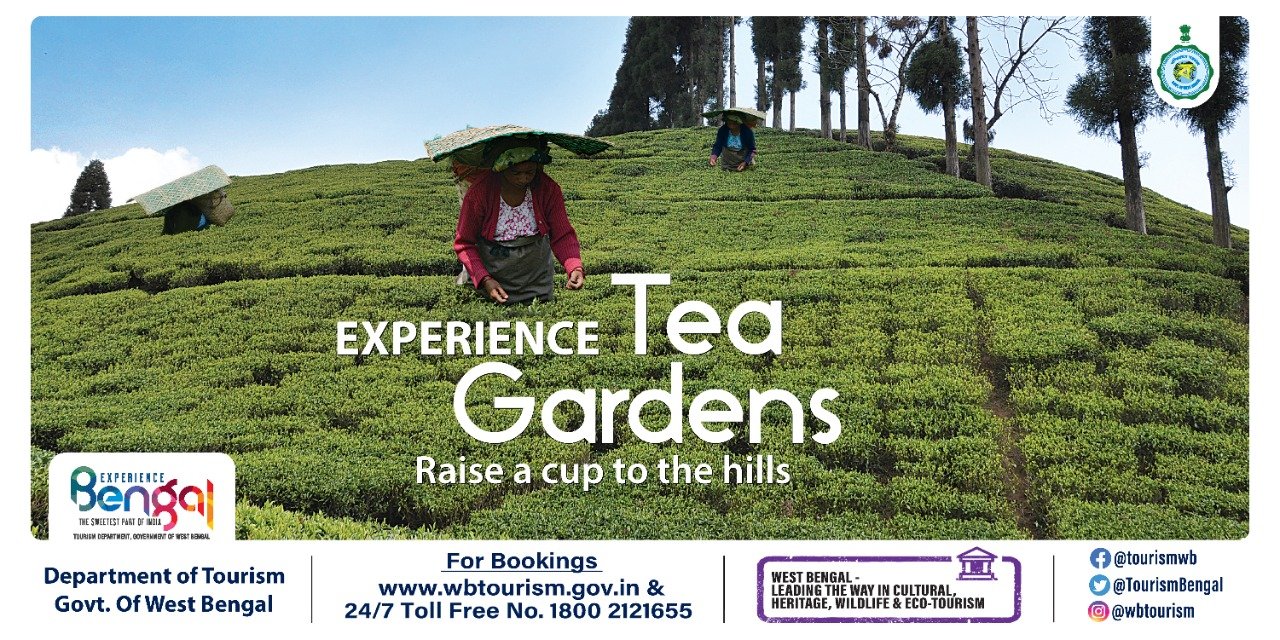
BY UDAY BASU
(The writer is the Chairman, International Association of Religion Journalists )
THIMPHU | PARO (BHUTAN), 13 AUGUST 2022
What will strike you the most when you cross public thoroughfares in Thimphu, Bhutan is the uniform behavioural pattern of the people driving vehicles, private or public. I say this from my personal experience. In fact, I was stunned by the behaviour I have not found anywhere else or heard about. As is my wont or the practice all over the world, I stopped crossing the street when I saw approaching vehicles. I acted almost instinctively. The vehicles had every right to move on before me as they were on top gear. I had no reason to cross the street before they sped on. But, lo and behold ! They all slowed down. I was at my wit’s end. What on earth had happened that made the drivers change gear ! As I kept wondering, there was a big surprise in store for me. The driver of the car, which was ahead of others, smiled at me and gestured to me with a wave of his hand to cross the street first and then he would press the car’s accelerator.

I could not believe my eyes and was still hesitating. But the driver flashed a sweet smile and nodded his head encouraging me to move on. I thanked him profusely as I walked past the vehicle to the other side
of the street. He acknowledged my gratitude with a pleasing smile. That was quite an experience ! And that indeed summed up the spirit or the essence of humanity in Bhutan.

No wonder Bhutan does not care a fig for the yardstick – Gross Domestic Product (GDP) – the rest of the world use to measure the growth and prosperity in their respective countries. Instead, it has gifted to the world a new concept of assessing the well-being of the citizens of a country. They call it Gross National Happiness (GNH).

This is a new philosophy that guides the government of Bhutan. It is an index to measure the collective happiness and well-being of the population. GNH has been enshrined in the Constitution of Bhutan as the government’s goal in 2008. The concept first germinated in the mind of the 4th King of Bhutan, Jigme Singye Wangchuk. The idea behind it is that sustainable development should take a holistic approach towards notions of progress and give equal importance to non-economic aspects of wellbeing.

In 2011, The UN General Assembly adopted a Resolution – “Happiness : towards a holistic approach to development” – urging member nations to follow Bhutan’s example and call happiness a “fundamental human goal.”
In 2012, Bhutan’s Prime Minister Jigme Thinley and UN Secretary-General Ban Ki-Moon convened a high level meeting to develop a new economic concept and spread Bhutan’s GNH philosophy. Shortly afterwards March 20 was declared International Day of Happiness.

GNH emphasises harmony with nature and traditional values expressed in the nine domains of happiness and four pillars of GNH. The four pillars of Bhutan’s GNH are – sustainable and equitable socio-economic development, environmental conservation, preservation and promotion of culture and good governance. The nine domains of GNH are psychological well-being, health, time use, education, cultural diversity and resilience, good governance, community vitality, ecological diversity and resilience, and living standards. The values are essentially anchored in Buddhist teachings.

It goes to the credit of Bhutan that the GNH has been made not simply a concept, but its implementation is being overseen by the Gross National Happiness Commission composed of the Prime Minister as the Chairperson, Secretaries of each of the ministries of the government, and the Secretary of the GNH Commission. The Commission’s tasks include conceiving and implementing the nation’s 5-year plan and promulgating policies.

The first GNH survey that was conducted in Bhutan was in 2008 followed by a second one in 2010.The third nationwide survey in 2015 covered all the 20 districts (Dzonkhag). The GNH Index was developed by the Centre for Bhutan Studies with the help of Oxford University researchers to help measure the progress of Bhutanese society. The Bhutanese example of measuring happiness, though using different methods without Bhutan’s heavy Buddhist content, is now being followed by over 150 countries as revealed by the latest World Happiness Report.

Of course the Bhutan model has become a subject of much criticism. One school of critics calls the GNH “Gross National Hypocrisy”. This is because Bhutan had, before the GNH was evolved, resorted to ethnic cleansing and expelling hundreds of thousands of non-Buddhists who refused to follow Buddhist doctrines. They believe the GNH is a method of Buddhist integration of Bhutan.

Be that as it may I found remarkable calm and compassion in many people I met across Bhutan. One of them was a young man into whom I bumped while negotiating a steep, narrow hilly path up to a famous tourist destination – Tiger’s Nest. A shrine is there atop the hill. The journey along the rough, strip of hilly path where two persons will find it difficult to move together is very tough. The steep incline would force one to stop almost every 10 yards for breath. Only a strong and courageous few reach the shrine, while most tourists give up midway. The sad part of the trek is that one has to shell out Rs 1,000 or so before undertaking the journey. None, including the driver of the car tourists hire to reach the point, would give one any inkling into the near impossibility of making it to the shrine. I found most of the tourists who began the journey along with me sipping hot cups of tea at a make-shift stall on the slope of the hill from where the shrine could be seen. They told me in unison they could not move on and decided to climb down after finishing the tea ! Though the shrine looked within reach from that point, it was not really so on the hilly track. It was a daunting task.

It was during this trek that I met the young Bhutanese. I was resting on a small wooden bench at one point on the hill slope. He was the guide of a group of tourists who were also resting a few feet away. He came to me on his own and asked me in fluent English if I had any difficulty. I said I was fine, only short of breath. He immediately offered me a bottle of water and some nuts. I thanked him for the wonderful gesture and said I had water and other provisions. As I climbed up I struck up a friendship with him and he narrated his story. He had a business management degree from a Delhi institute on the strength of which he got a job in the Indian capital. But, soon he felt claustrophobic. Money was never an issue with him. He needed peace of mind and joy in whatever work he did. So, he left Delhi and became a tourist guide in his own country. He can breathe in fresh and pure oxygen in the hills, help people and earn whatever he could.
This young man for me is the best illustration of GNH.
Bhutan offers breathtaking views of nature. The entry point from north Bengal is Phuntsholing where one stays overnight for easy immigration clearances. From there driving towards the capital Thimphu with its urban comfort is an exciting journey.
The village at Paro is an embodiment of serenity and nature at her best. A sensational event is the landing of aircraft at the Paro airport. The plane has to squeeze itself between two narrow hills at lightning speed before landing. This is a frightening, thrilling moment and tourists watching the spectacle get their money’s worth.

Advertisement:






























Add Comment